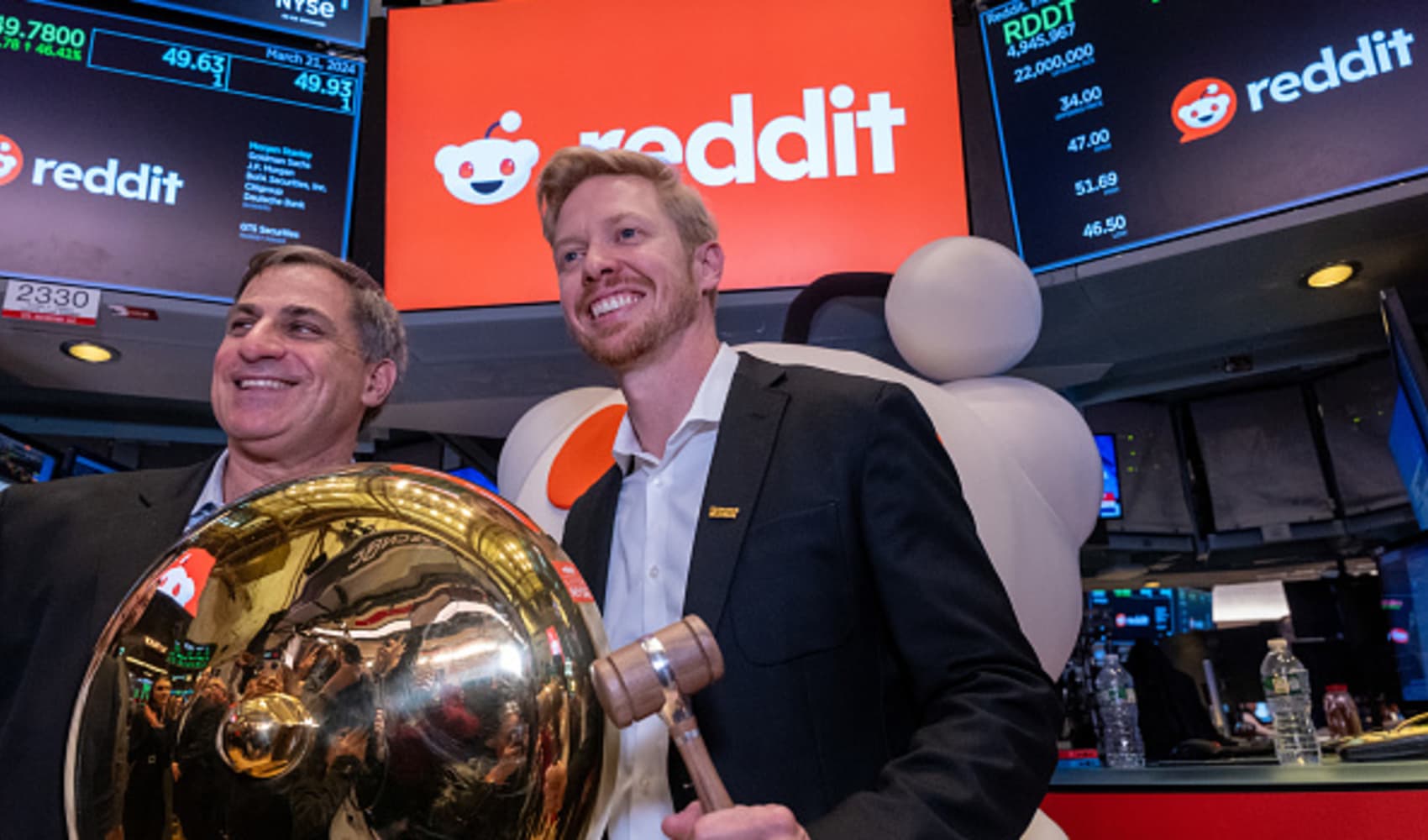Bath & Body Works' Tariff Secret: How You Save
Bath & Body Works' Secret Weapon: How US Manufacturing Benefits You
Unlocking the Scent-sational Advantage: Why Bath & Body Works Wins with Tariffs
Ever wondered why you can still snag your favorite Bath & Body Works candle or lotion without breaking the bank, even with all the talk about tariffs? Well, the secret's out! This fragrant powerhouse is strategically positioned to weather the tariff storm, and that's good news for your wallet (and your nose!). Let's dive into how Bath & Body Works' clever manufacturing strategy keeps your favorite scents affordable.
The "Made in the USA" Advantage: A Strategic Masterstroke
Bath & Body Works produces a whopping 80% of its products right here in the United States. This isn't some recent knee-jerk reaction; it's been a deliberate, decade-long shift. Why does this matter? Simple: Fewer tariffs mean lower costs, which translates to stable prices for you.
The Tariff Tango: Competitors Struggle, Bath & Body Works Strides
While other retailers scramble to navigate the complexities of import duties and potentially raise prices, Bath & Body Works is sitting pretty. Lorraine Hutchinson, a senior retail analyst at BofA Securities, puts it perfectly: "Domestic exposure puts Bath & Body Works at a key advantage versus the competitors, because they won’t have to pay import tariffs on the vast majority of their products, meaning they can keep prices where they are and not lose profitability." Think of it as having an umbrella during a rainstorm – everyone else is getting soaked, but you're staying dry and cozy!
Beauty Park: The Heart of American Fragrance
The engine behind this "Made in the USA" strategy is Beauty Park, Bath & Body Works' primary U.S. manufacturing facility in New Albany, Ohio. Opened in 2012, this facility is more than just a factory; it's a hub of innovation and efficiency.
Speed and Agility: Responding to Your Scent Cravings
Simeon Siegel, Managing Director at BMO Capital Markets, highlights the strategic importance of Beauty Park: "It was a choice made to make sure that they could test, react and move to the consumer very, very quickly." In the fast-paced world of fragrances and personal care, being able to quickly adapt to changing trends is crucial. Beauty Park allows Bath & Body Works to do just that, ensuring you always have access to the latest and greatest scents.
What Does This Mean for You, the Shopper?
So, how does all of this translate into tangible benefits for you, the Bath & Body Works aficionado? Let's break it down:
Stable Prices: Say Goodbye to Tariff-Induced Price Hikes
The most obvious benefit is price stability. While other retailers might be forced to increase prices due to tariffs, Bath & Body Works can largely maintain its current pricing structure. This means you can continue to indulge in your favorite candles, soaps, and lotions without feeling the pinch.
Consistent Product Availability: No More "Out of Stock" Scares
Supply chain disruptions can lead to products being out of stock. But with a significant portion of production happening domestically, Bath & Body Works is less vulnerable to these disruptions. This means you're more likely to find what you're looking for when you shop.
Fresh and Innovative Products: Always Something New to Discover
The agility afforded by Beauty Park allows Bath & Body Works to constantly innovate and introduce new products. You're not stuck with the same old scents and formulas; there's always something exciting and fresh to discover.
Beyond Tariffs: Other Factors Contributing to Bath & Body Works' Success
While the tariff advantage is significant, it's not the only factor driving Bath & Body Works' success. Let's explore some other key elements:
Brand Loyalty: A Cult Following Built on Scent-sational Experiences
Bath & Body Works has cultivated a loyal customer base that's passionate about its products. This loyalty stems from consistently delivering high-quality fragrances, engaging marketing campaigns, and a fun, inviting shopping experience.
Strategic Promotions and Sales: Deals You Can't Resist
Who can resist a good Bath & Body Works sale? The company is known for its strategic promotions and discounts, which drive traffic and encourage repeat purchases. These promotions are even more effective when combined with stable base prices.
Effective Marketing and Branding: Capturing the Senses
Bath & Body Works excels at marketing its products in a way that appeals to the senses. From visually appealing displays to captivating product descriptions, the company knows how to create a compelling shopping experience.
The Future of Fragrance: Bath & Body Works' Long-Term Strategy
So, what does the future hold for Bath & Body Works? With its strong manufacturing base, loyal customer base, and strategic pricing, the company is well-positioned to continue thriving in the competitive personal care market.
Continued Innovation: Staying Ahead of the Curve
Bath & Body Works is likely to continue investing in innovation and product development to stay ahead of the curve. This means you can expect to see even more exciting and unique fragrances in the years to come.
Expanding Digital Presence: Reaching Customers Where They Are
In today's digital age, having a strong online presence is crucial. Bath & Body Works is likely to continue expanding its e-commerce capabilities to reach a wider audience and provide a seamless shopping experience.
A Win-Win Situation: Bath & Body Works Thrives, and So Do You
Ultimately, Bath & Body Works' strategic manufacturing decisions benefit both the company and its customers. By producing a significant portion of its products in the United States, the company is able to mitigate the impact of tariffs, maintain stable prices, and deliver fresh and innovative products. This creates a win-win situation: Bath & Body Works thrives, and you, the shopper, get to enjoy your favorite fragrances without breaking the bank.
Conclusion: Scent-sational Savings and Strategic Success
Bath & Body Works' "Made in the USA" strategy isn't just a feel-good story; it's a smart business move that directly benefits you, the consumer. By minimizing the impact of tariffs, the company can maintain stable prices, ensure consistent product availability, and continue to innovate and introduce new fragrances. So, the next time you're browsing the aisles of Bath & Body Works, remember that you're not just buying a candle or lotion; you're investing in a company that's committed to providing value and quality.
Frequently Asked Questions (FAQs)
Here are some frequently asked questions about Bath & Body Works' manufacturing strategy and its impact on shoppers:
1. How does Bath & Body Works' US manufacturing benefit me directly?
The biggest benefit is stable prices. Because they manufacture so much in the US, they avoid hefty import tariffs, allowing them to maintain their pricing even when competitors might have to raise theirs.
2. Does "Made in the USA" mean all Bath & Body Works products are manufactured in America?
No, not all. While 80% of their products are made in the USA, some components or finished goods might still be imported. However, the majority of their production is domestic, giving them a significant advantage.
3. Will Bath & Body Works prices increase in the future due to tariffs?
While it's impossible to predict the future with certainty, their current strategy provides a strong buffer against tariff-related price increases compared to companies relying heavily on imports.
4. Does manufacturing in the USA affect the quality of Bath & Body Works products?
In general, manufacturing location shouldn't inherently affect quality. Bath & Body Works maintains quality control standards regardless of where their products are made. In fact, some argue that domestic manufacturing allows for even tighter control over quality assurance.
5. Where can I find more information about Bath & Body Works' manufacturing practices?
While Bath & Body Works doesn't release detailed specifics about their supply chain, you can often find information on their website, in press releases related to their financial performance, and in industry reports from retail analysts.



